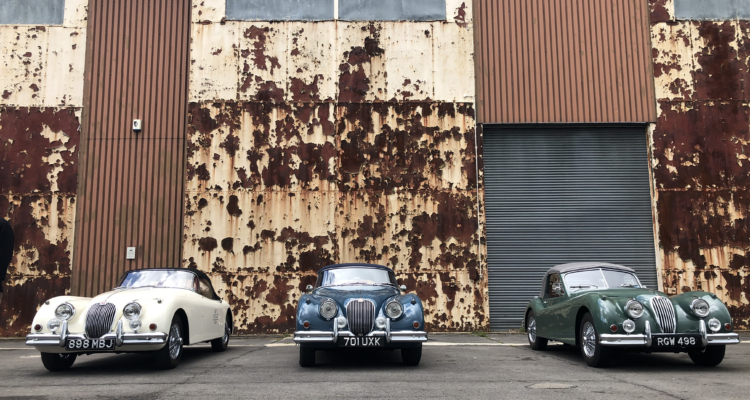Porsche 924 – The Time Is Now
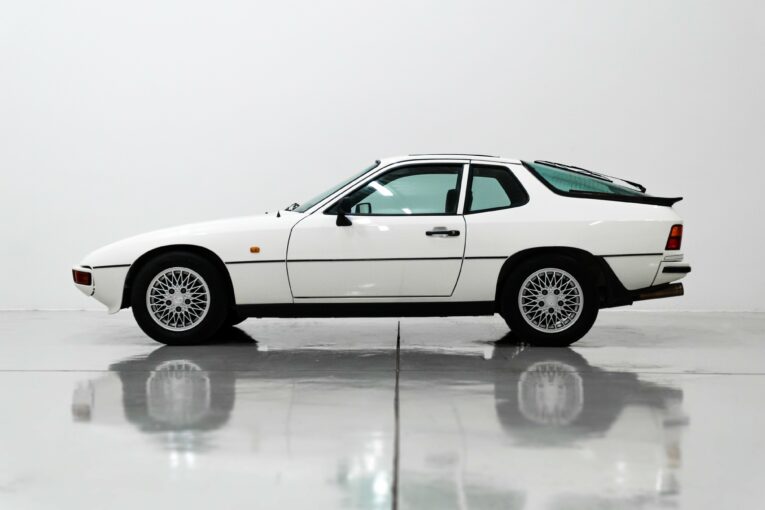
Ah the underdog. They’re perennially popular here at Car & Classic. Whether it be a rather downtrodden beater given a second chance at glory or a whole festival celebrating the breed you can’t help but love a plucky long shot. And no, that isn’t a character from Pixar’s latest animated adventure (although we may copyright the name), but a certain pedigree of vehicle that we think deserves a little more recognition, a little more reverence than was perhaps bestowed upon them when initially released into the wild. One such example is the Porsche 924. Often cited as the poor person’s Porsche, the “baby” Porsche or the Porsche with a Volkswagen engine the 924 has historically been categorised as one of the lower quality cars produced by the German giant, but we disagree, wholeheartedly and those that pigeon-hole it as such can get in the sea.
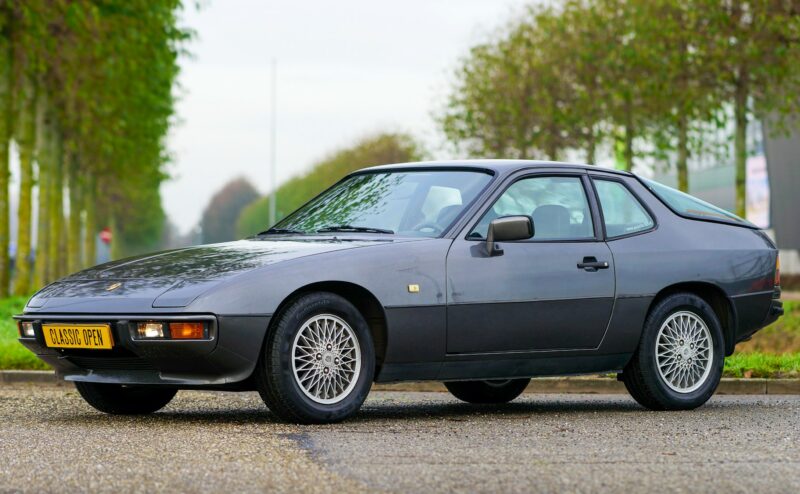
Despite these obfuscated opinions from people who clearly either don’t know what they’re talking about or have never driven a Porsche 924, or both, the car handled like an absolute dream thanks to its transaxle, rear-wheel drive setup, allowing for near perfect weight distribution. Despite not being the most powerful Porsche ever created the 924 still rightly deserves to wear its equine-inspired badge and wear it with pride. But then big power was never the intention with the 924. Here was a 2+2 that was designed as an everyday sports car – one that could cut it in the corners and still look like a Porsche while doing so, but was simple and affordable to boot. And here lyeth the bone of contention amongst badge snobs: if it wasn’t a 911 with a boat load of horsepower then they weren’t interested. Despite these somewhat negative reactions, however, the 924 sold well and contributed to an upswing in Porsche’s fortunes going forward.
An Introduction to the Porsche 924
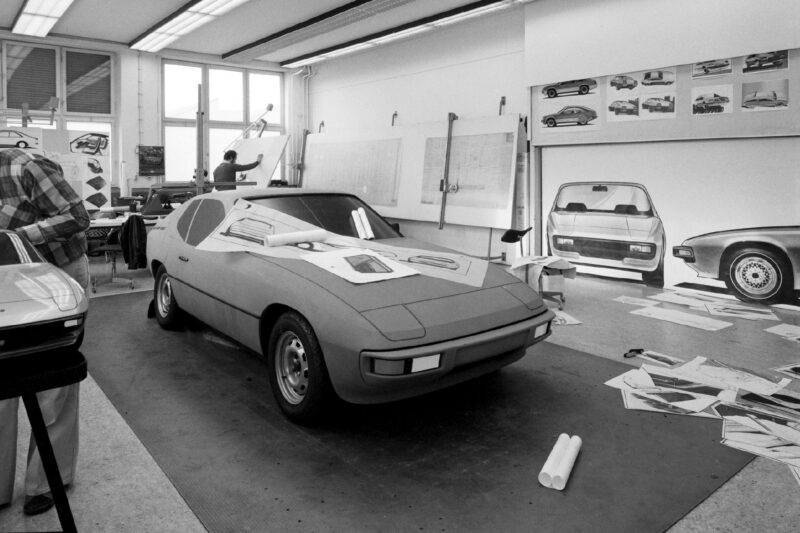
Debuting in 1976, three years after the global oil crisis, the 924 actually began life as a project for compatriots Volkswagen. Porsche had been doing the development legwork for VW since the ’40s anyway and when Volkswagen floated the idea for a sports car it naturally turned to Porsche for the necessary know-how, but utilising a four-cylinder VW engine to keep costs down. This is where the snobbery comes into play with those heathens from earlier claiming that the engine is from a VW van and not a proper Porsche motor. The block may have been used in the Volkswagen LT, yes, but the cylinder head was designed by Porsche. It may have only displaced 2.0-litres too but that just made the 924 a usable and reliable little sports car. Besides, 123bhp was plenty for the lightweight 924 and a great match for its sublime handling characteristics.
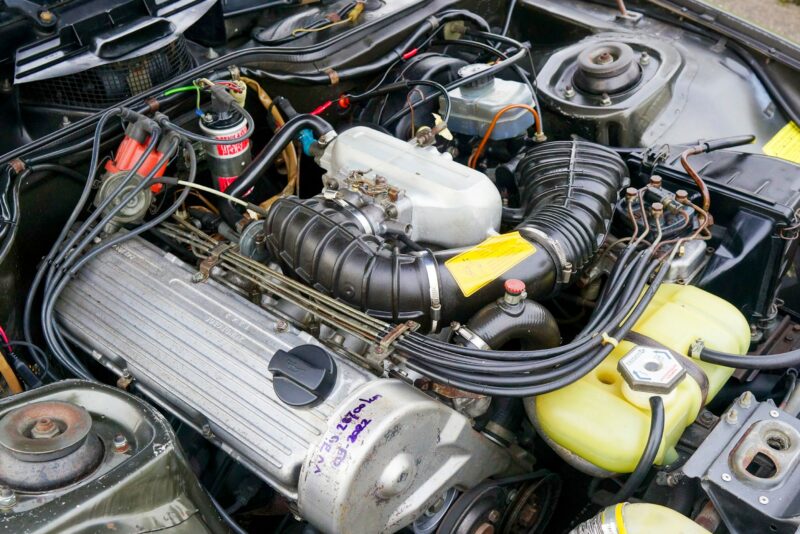
So if it was designed to be a VW, how did it end up as a Porsche? Well, that pesky oil crisis we just mentioned was the deciding factor and rather than continue with development of an extravagant, rear-wheel drive sports car built upon Porsche underpinnings, VW decided to ditch the idea in favour of building a coupé based on its front-wheel drive Golf and hence the Scirocco was born. Rather than letting the 924 languish in development hell though, Porsche bought the project back from VW in order to replace the ageing 914.
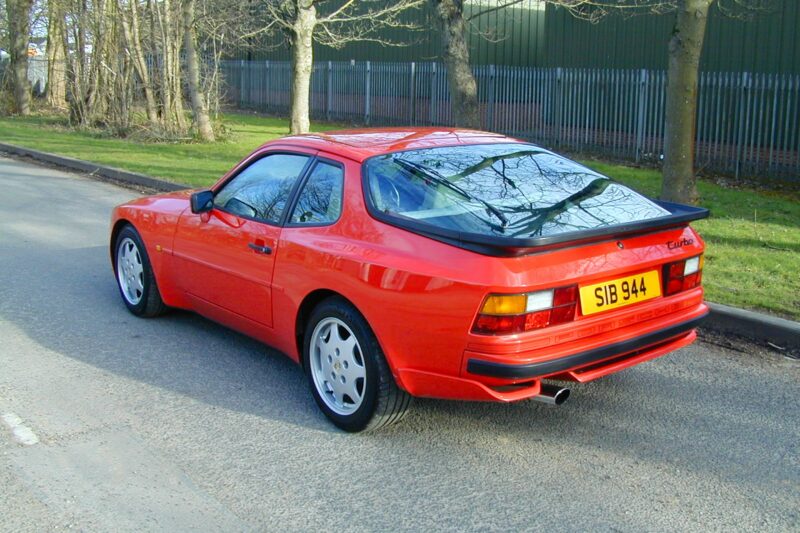
Porsche was listening to the critics and would immediately begin developing the 924 in answer to the lamentable lack of power, introducing a turbocharged version in ’78. With a 45bhp increase, along with uprated suspension and a five-speed manual gearbox replacing the original car’s four-speed, the 924 Turbo was well received.
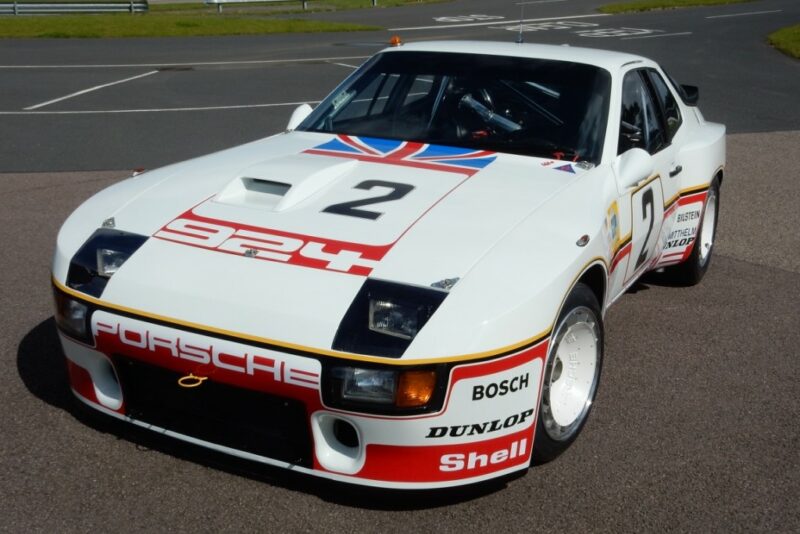
Porsche further turned up the dial two years later with the release of the 924 Carrera GT, with around 400 models being homologated so that it could be taken racing. This was a much more aggressive looking version with its wider body and air intakes. Performance was also increased by way of an intercooler, pushing peak power in the Carrera to 210bhp, but that’s not to say that the standard 924 was left to sit on the sidelines whilst the Carrera basked in that glorious lime-tinged light. Far from it.

The 924S featured the 2.5-litre engine from the 944.
The best version was yet to come in the form of the 924S, released in 1986, whereby Porsche decided to do away with the original 2.0-litre and replace it with a detuned, 150bhp version of the 2.5-litre from the 944. Coupled with better suspension and brakes many view the S as the best of the bunch and would be the flagship version, ultimately giving way entirely to the 944 in ’88.
What Should I Look Out For?
Due to a comparative lack of mechanical complexity 924’s are pretty easy to work on. They still need regular servicing and maintenance, obviously and some parts can be a little pricey but generally speaking their lack of capriciousness make them a great option as an everyday classic sports car. Corrosion remains a concern, especially with early models that weren’t fully galvanised but any absolute rotters will likely have gone the way of the scrapheap by now. The wings and battery tray are contenders for worst offenders and it’s also worth inspecting the panel gaps for evidence of a shunt – they should be uniform throughout. This may be an entry-level Porsche but it is a Porsche and build quality is still commensurate with the brand.
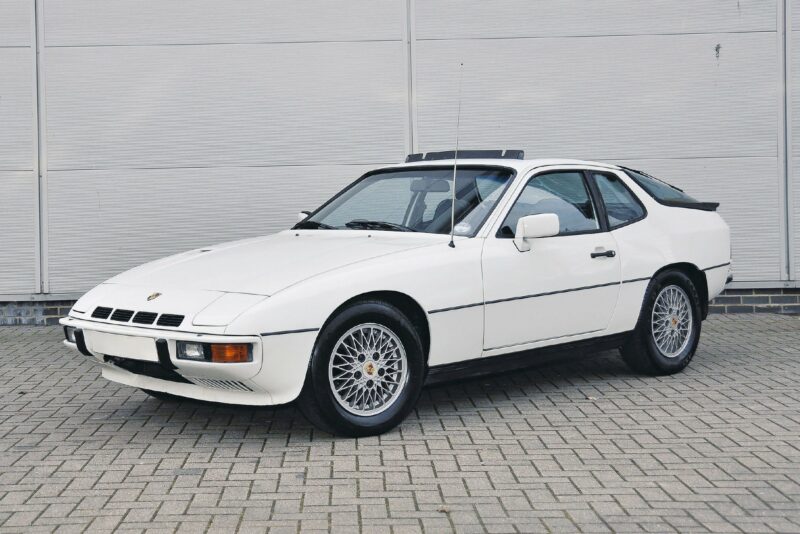
As far as the engine is concerned the original 2.0-litre is non interference which makes it far less troublesome than the later S version, the cambelt of which should be regularly changed. Both are reliable if looked after though but turbocharged cars require a little extra mechanical sympathy, most importantly in the form of adequate cooling times. It doesn’t pay to immediately switch off after a spirited drive, instead the turbo needs sufficient time to cool to prevent undue wear and tear. An unusually loud whining or blue/grey smoke from the exhaust will indicate a worn whirly boy.
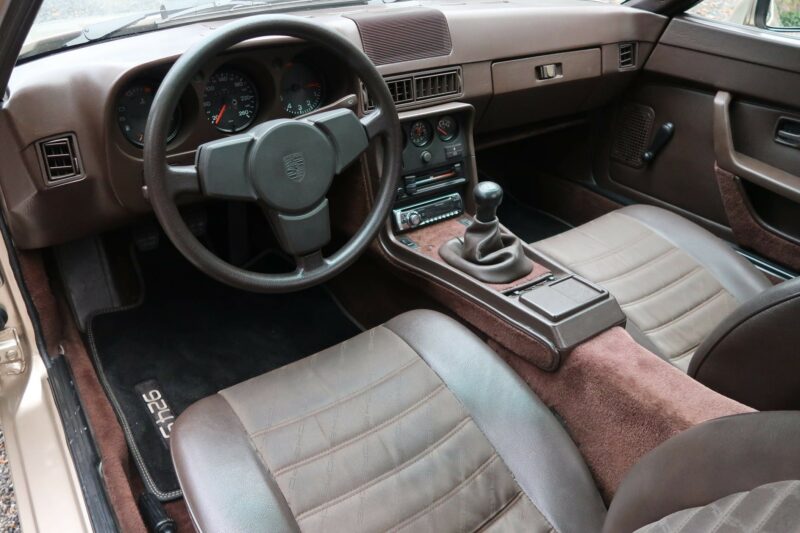
Again, due to the 924’s simple mechanicals the transmission, suspension and brakes are all fairly simple and cheap to repair, with the latter being easy-to-come-by VW parts. These cars are popular with the track day set too so check that the car hasn’t been thrashed to within an inch of its life and that any interior parts are present, correct and properly installed, rather than hastily put back together after being stripped and caged. It’s also worth checking the electrics as due to age some controls may be showing signs of degradation.
What Are Prices Like?
Buying a 924 is a compromise. You can either opt for an original, standard 924 with all of its simple allure or go with a later, more performance oriented model that perhaps lacks some of that early charm but whichever you choose the 924 is bags of fun and a bona fide classic with prices only rising from here on out. Project cars can still be had for as little as a couple of grand but budget £10K for a decent example that won’t require too much fettling. £20,000 will see the best of the bunch, whether it be a standard 924 or an S but turbo cars will run a little more expensive. Carrera GTs are silly money now with some fetching upwards of £70,000.
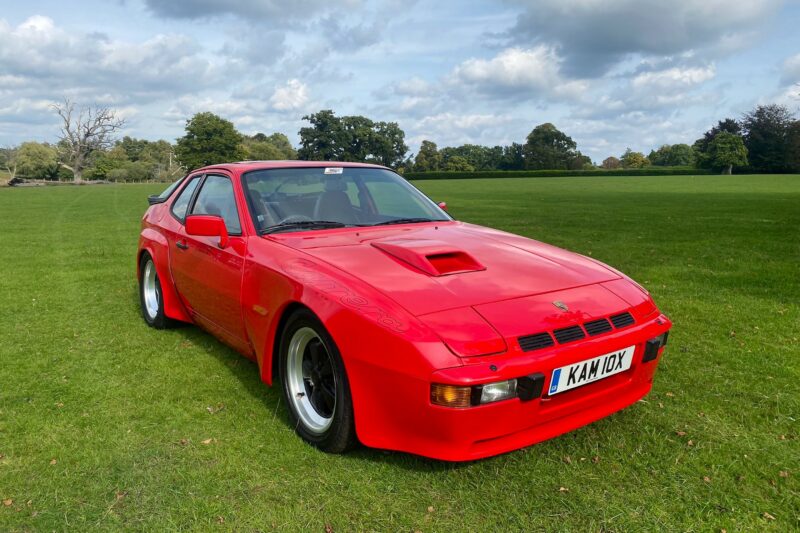
If you’re concerned about any of that previously mentioned perceived stigma then you’re better off with the 924S but those original, normally aspirated cars exude a certain charismatic grace and make excellent starter classics. If you have your heart set on forced induction then buy the best you can because abused examples can be more trouble than they’re worth.
Why Should I buy One?
Because it’s a Porsche and one that is still relatively affordable. Oh, and it has pop up headlights (we can’t believe it’s taken us this long to mention them!). Despite what anyone says the 924 is a premium car and a wonderful classic to have in any collection. Whether it be a gateway into classic ownership or as part of a larger assemblage of appreciating metal the fact of the matter remains that the Porsche 924 can be all things to all people. It’s stylish, reliable, easy to work on and simply brilliant to drive in any guise, it just depends on your penchant for performance as to which version you pick. Daily it, track it, take it to shows, whatever you choose to do you’ll be doing it with a smile on your face and the knowledge that you’ve scooped a bit of a bargain. Unless you buy a Carrera GT of course. If that’s the case, congratulations. We’re incredibly envious.

